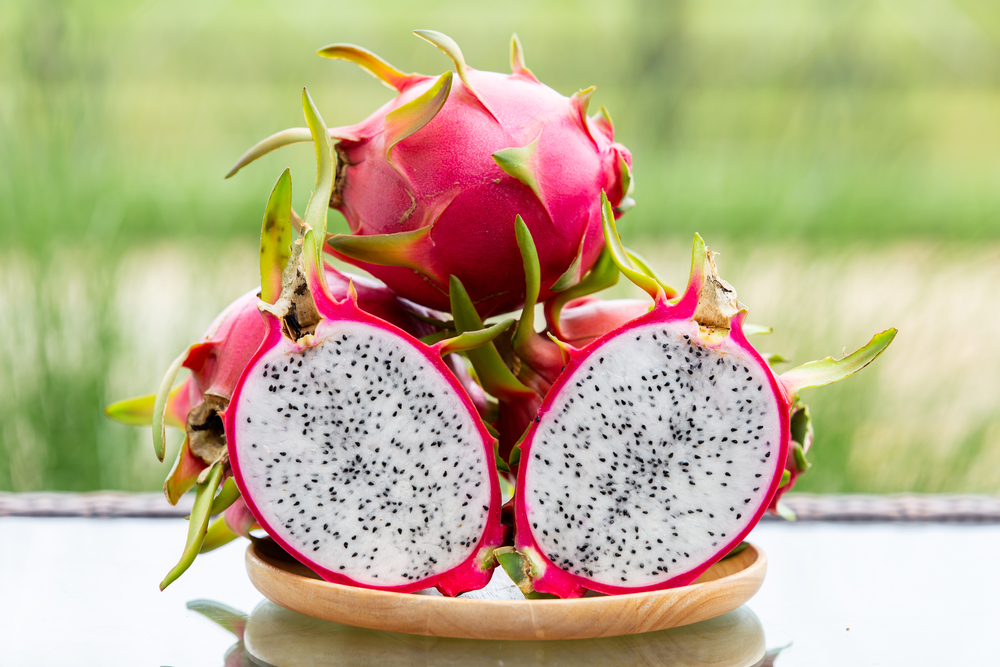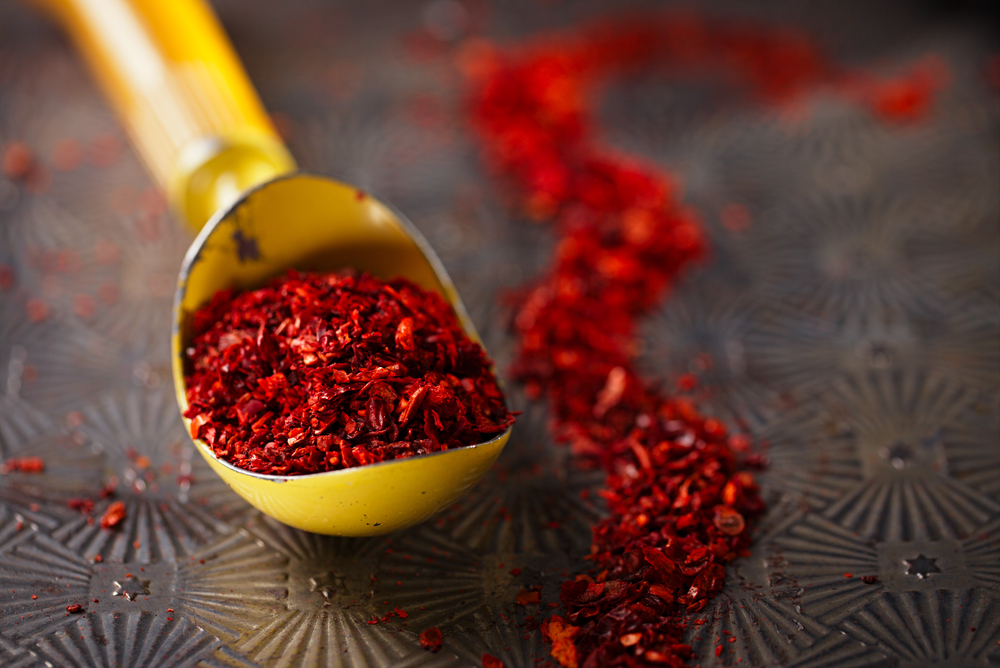When it comes to cooking, spices are an essential ingredient that can make or break a dish. Two spices that are often compared to each other are fennel and caraway seeds.
While both spices have a similar appearance and taste, they are not interchangeable. In this article, I will explore the differences between fennel and caraway seeds, their origins, and their uses in cooking.
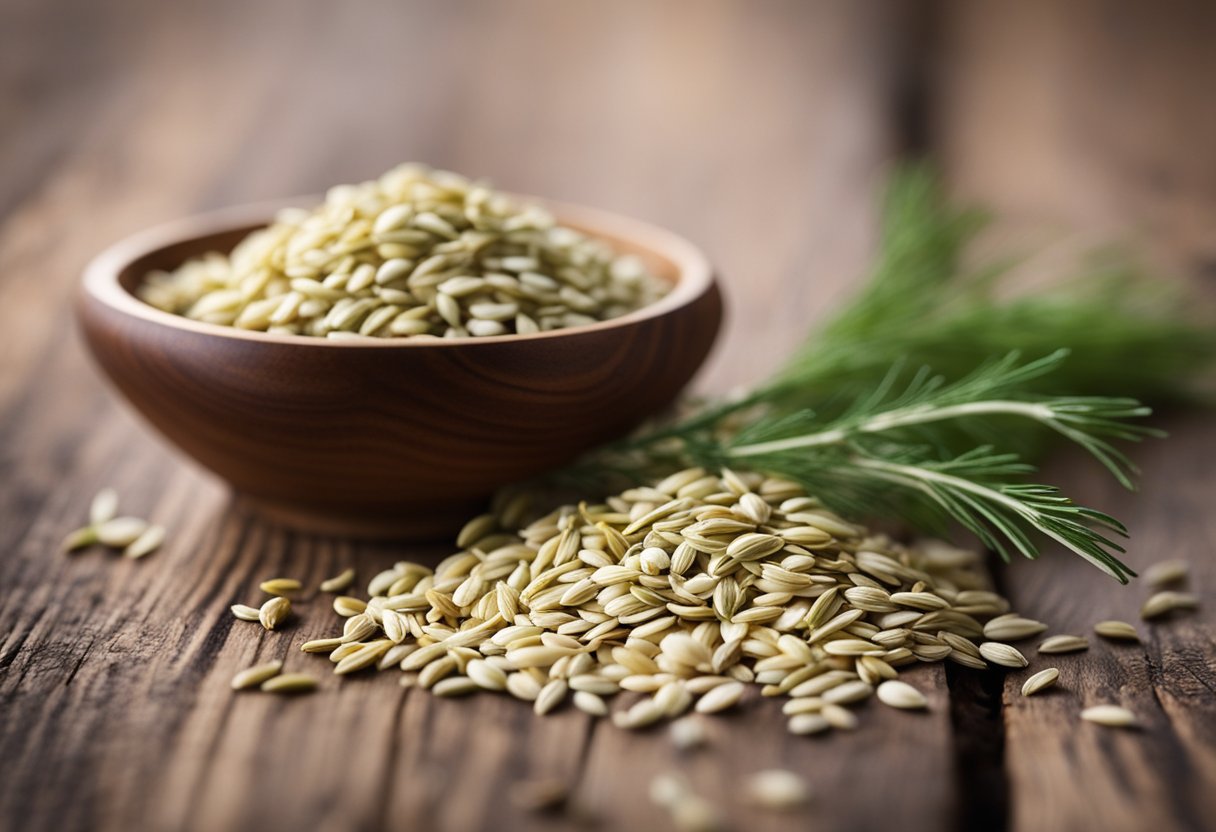
Understanding Fennel and Caraway Seeds Fennel seeds are the dried fruit of the Foeniculum vulgare plant, which is a member of the carrot family. The seeds are oval-shaped, about 4-8mm long, and have a greenish-yellow color.
Fennel seeds have a sweet, licorice-like flavor and are often used in Mediterranean cuisine, particularly in Italian and French dishes. Caraway seeds, on the other hand, are the dried fruit of the Carum carvi plant, which is a member of the parsley family.
Caraway seeds are crescent-shaped, about 2-5mm long, and have a brownish color. They have a nutty, earthy flavor with a hint of mint and are commonly used in German, Austrian, and Eastern European cuisine.
Key Takeaways
- Fennel and caraway seeds are not interchangeable in cooking, despite their similar appearance and taste.
- Fennel seeds have a sweet, licorice-like flavor and are used in Mediterranean cuisine, while caraway seeds have a nutty, earthy flavor and are used in German, Austrian, and Eastern European cuisine.
- Both fennel and caraway seeds have health benefits, including aiding digestion and reducing inflammation.
Understanding Fennel and Caraway Seeds
As a spice, both fennel and caraway seeds are very popular in many different cuisines. Fennel seeds are harvested from the fennel plant, which is a flowering plant species native to the Mediterranean region.
Caraway seeds, on the other hand, come from the caraway plant, which is a biennial plant that is native to Europe and Asia.
Fennel seeds are somewhat larger than caraway seeds, usually around 4 to 8 mm in length. They are greenish or yellowish-brown in color and are more oval in shape compared to the crescent form of caraway.
Like caraway, fennel seeds also have ridges, but they are often less pronounced.
In terms of flavor, fennel seeds have a sweet, licorice-like taste, while caraway seeds have a more earthy, nutty, and herbaceous flavor, with slightly minty notes. Fennel seeds are often used in desserts, while caraway seeds are more commonly used in savory dishes.
Both fennel and caraway seeds have many health benefits. Fennel seeds are rich in antioxidants, fiber, and minerals such as calcium, magnesium, and potassium. They are also known to aid digestion and reduce inflammation.
Caraway seeds are also rich in antioxidants and minerals, and have been traditionally used to treat digestive issues such as bloating, gas, and indigestion.
Overall, fennel and caraway seeds are both versatile spices that can add unique flavors and health benefits to a wide range of dishes.
Whether you are cooking a savory stew or a sweet dessert, these spices are definitely worth adding to your pantry.
Origins and Geographical Distribution
Caraway seeds and fennel seeds have different origins and geographical distributions. Caraway seeds are said to have originated from Asia and central Europe.
In fact, caraway seeds have been cultivated in central and northern Europe since the Middle Ages. It is now widely cultivated in Europe, Asia, and North Africa.
On the other hand, fennel seeds are harvested from the Foeniculum vulgare plant, another member of the Apiaceae family. The plant itself is a hardy perennial herb that can grow up to six feet tall.
It has finely divided, feathery leaves and produces yellow flowers, from which the seeds are harvested. Fennel is native to the Mediterranean region, but it is now widely cultivated in many parts of the world, including Europe, Asia, and North America.
While both caraway and fennel seeds are used in many cuisines around the world, they are traditionally used in different ways.
Caraway seeds are commonly used in German, Austrian, and Hungarian cuisines, while fennel seeds are more commonly used in Italian, Indian, and Middle Eastern cuisines.
In summary, caraway seeds are native to Asia and central Europe and are widely cultivated in Europe, Asia, and North Africa.
Fennel seeds are native to the Mediterranean region and are now widely cultivated in many parts of the world, including Europe, Asia, and North America.
Appearance and Taste
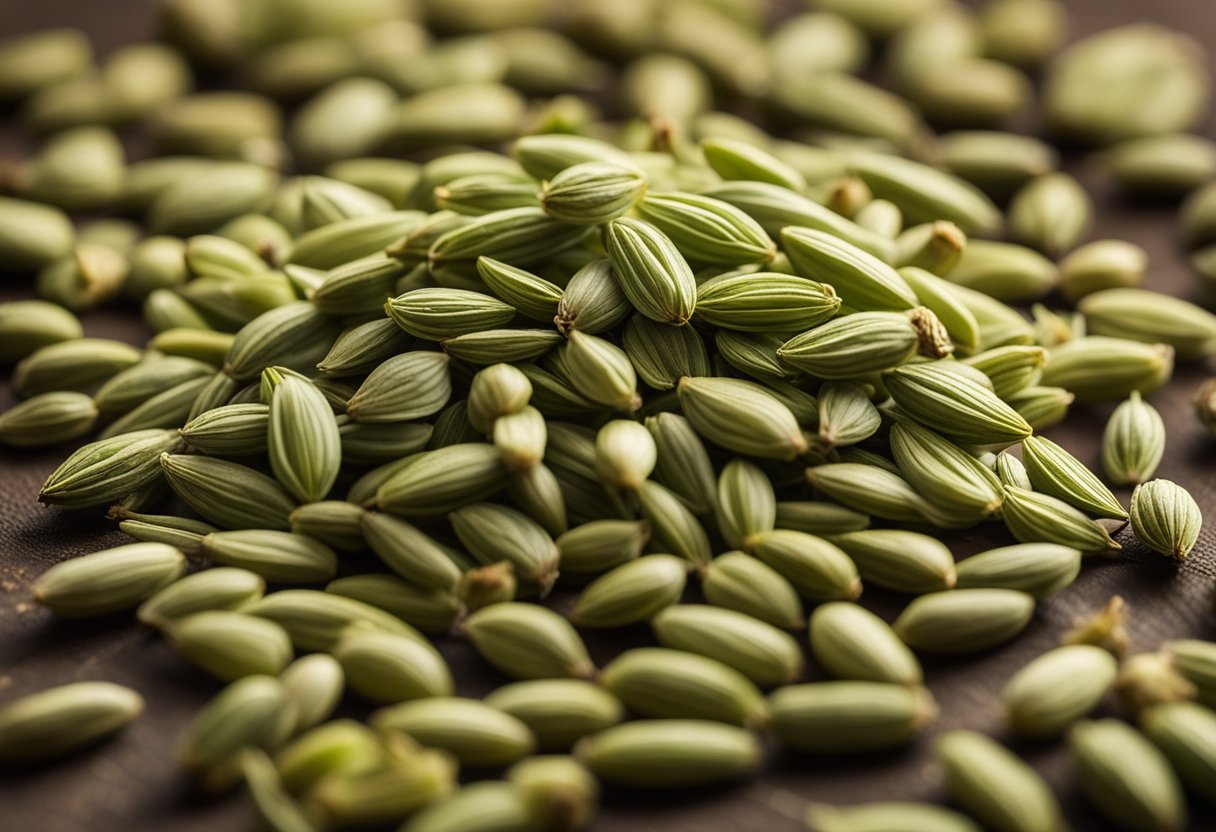
When it comes to appearance, caraway seeds are crescent-shaped and dark brown, while fennel seeds are flat and green with a ridged texture. Fennel seeds offer a flavor that is sweeter and more aromatic compared to caraway.
The taste is predominantly similar to anise or licorice, with a mild sweetness that makes it versatile in both sweet and savory dishes. Some people also detect a slight note of grass or hay, adding to its complexity.
On the other hand, caraway seeds have a slightly earthy taste, with a hint of anise flavor. They are often used in savory dishes like rye bread, sauerkraut, and meat dishes, such as sausages.
The taste of caraway seeds is not as sweet as fennel seeds, but it has a more intense flavor profile.
In terms of color, caraway seeds are darker than fennel seeds, which have a greenish-brown hue. Fennel seeds are also sweeter than caraway seeds, making them a popular choice in desserts and sweet dishes.
Overall, the taste and appearance of caraway and fennel seeds are quite distinct from each other, making them suitable for different types of dishes. While both seeds offer a licorice flavor, the sweetness, color, and intensity of their taste differ.
Uses in Cooking
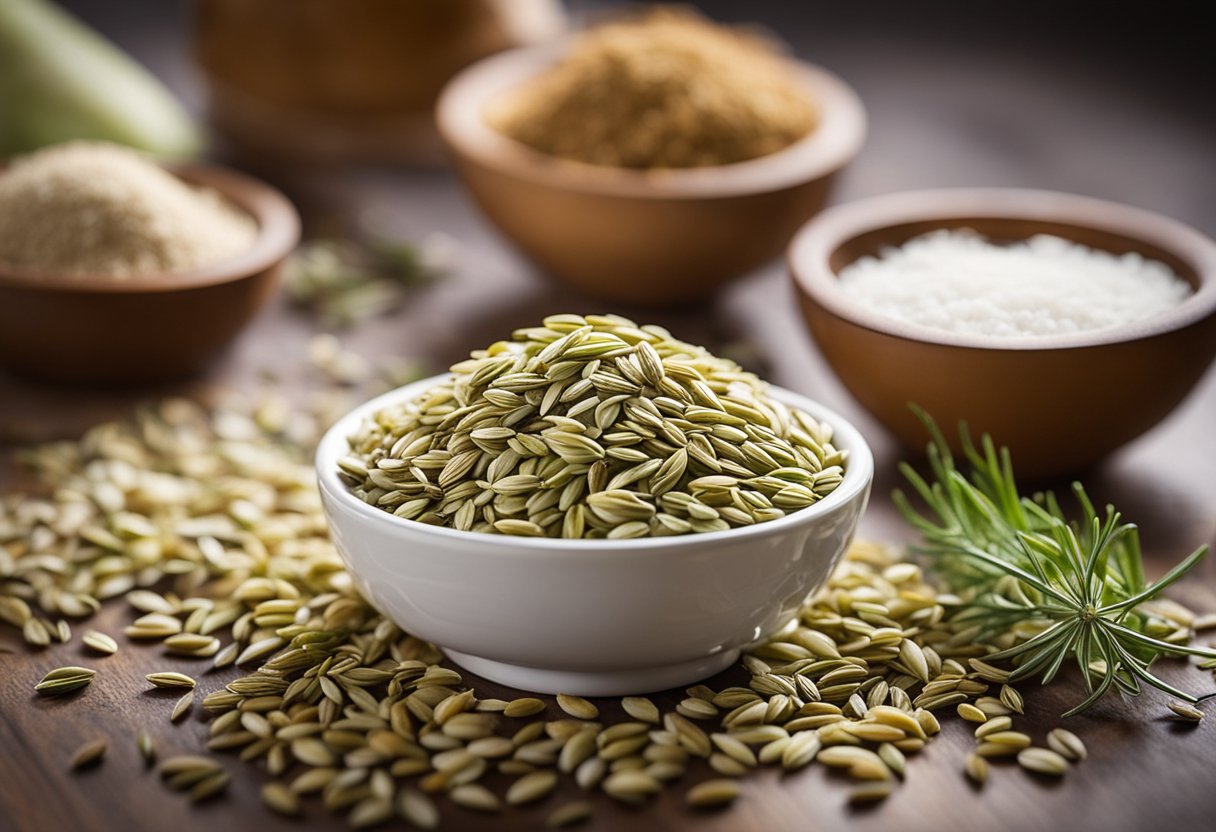
Fennel and caraway seeds are both commonly used in cooking. However, they have different flavor profiles that make them better suited for certain dishes.
Fennel seeds have a sweet, licorice-like flavor and are often used in Italian sausage, sausage recipes, and tomato-based sauces.
They can also be used to flavor cakes and sweet dishes. Fennel seeds are a common ingredient in curries, soups, and stews, and they pair well with potatoes and vegetables.
Caraway seeds have a more bitter taste than fennel seeds and are often used in rye bread, soda bread, and sauerkraut.
They are also commonly used as a seasoning for meat and fish dishes. Caraway seeds are a great addition to cabbage dishes, such as cabbage soup and stuffed cabbage rolls.
Both fennel and caraway seeds can be used to add flavor to cookies, and they make a great addition to dried fruit. Fennel seeds can be used to make a soothing and aromatic tea, while caraway seeds are often used to flavor soda bread.
When using fennel seeds in cooking, it is important to keep in mind that they can be overly sweet for some breads.
On the other hand, while fennel seeds may be an effective substitute for caraway seeds in pork dishes, they will not be perfect. It is best to use each seed in recipes that call for them specifically.
In summary, fennel and caraway seeds are both versatile ingredients that can be used to add flavor to a variety of dishes. While they have some overlap in their uses, it is important to understand their unique flavor profiles to use them effectively in cooking.
Role in Different Cuisines
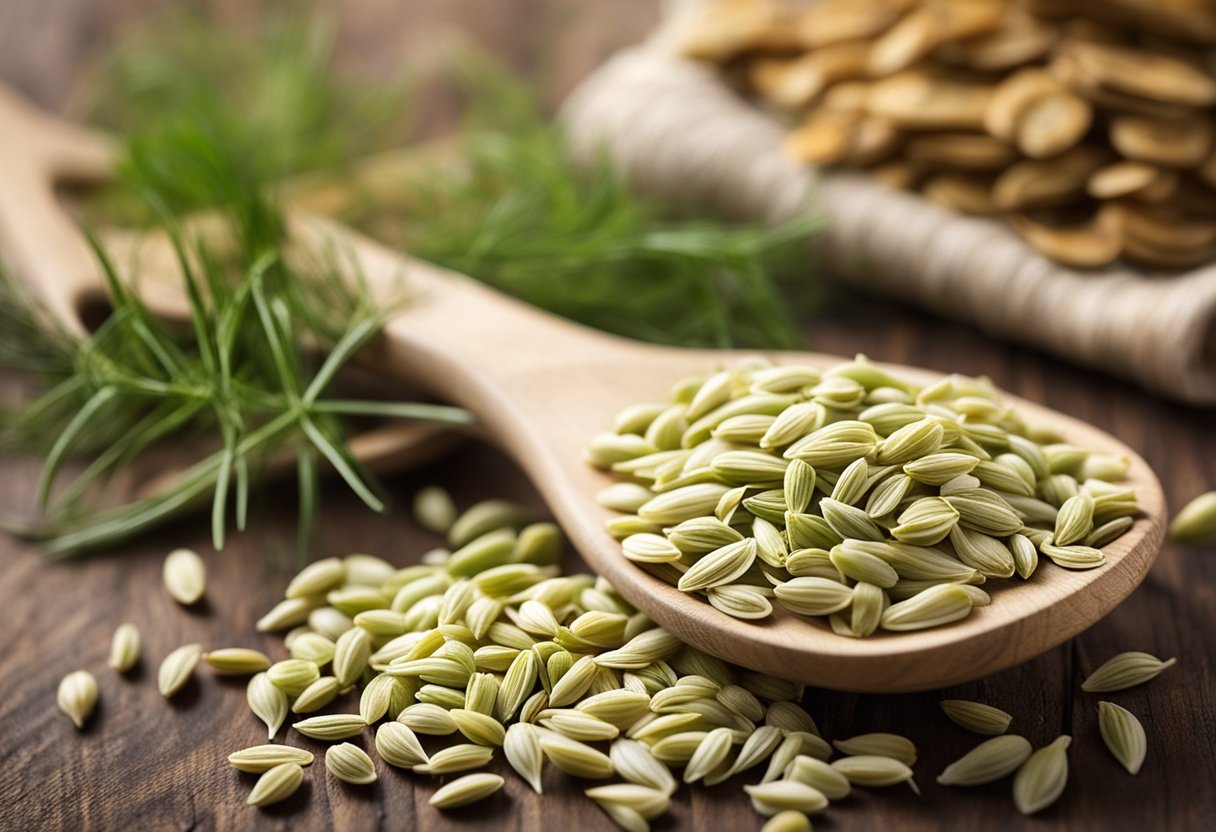
As both fennel and caraway seeds have a distinct flavor profile, they play an essential role in different cuisines worldwide. Here are some examples of their use in various dishes:
- Mediterranean Cuisine: Fennel seeds are a staple in Mediterranean cuisine, especially in Italian and French cooking. They are commonly used in pasta sauces, sautéed vegetables, and soups. Caraway seeds are also used in Mediterranean cuisine, particularly in German and Austrian dishes like sauerkraut and rye bread.
- Indian Cuisine: In Indian cuisine, both fennel and caraway seeds are used as spices. Fennel seeds are a common ingredient in spice blends like garam masala and panch phoron, while caraway seeds are used in dishes like biryani and pulao.
- Middle Eastern Cuisine: Fennel seeds are used in Middle Eastern cuisine, particularly in Lebanese and Syrian dishes like tabbouleh, fattoush, and muhammara. Caraway seeds are also used in Middle Eastern cuisine, particularly in Iranian dishes like ghormeh sabzi and kashk-e bademjan.
- Scandinavian Cuisine: Caraway seeds are a staple in Scandinavian cuisine, particularly in Swedish and Norwegian dishes like meatballs and pickled herring.
- Eastern European Cuisine: Both fennel and caraway seeds are used in Eastern European cuisine. Fennel seeds are used in Polish and Ukrainian dishes like cabbage rolls and borscht, while caraway seeds are used in Czech and Slovak dishes like goulash and potato soup.
- Baking: Both fennel and caraway seeds are used in baking. Fennel seeds are commonly used in sweet baked goods like cookies and cakes, while caraway seeds are used in savory baked goods like bread and crackers.
Overall, fennel and caraway seeds play a significant role in different cuisines worldwide, adding unique flavors and aromas to various dishes.
Health Benefits
As I researched fennel and caraway seeds, I found that both have many potential health benefits. Here are some of the benefits I discovered:
Fennel Seed Tea
Fennel seed tea has been used for centuries as a natural remedy for a variety of ailments. It is said to have a calming effect on the body, helping to reduce stress and anxiety. Fennel seed tea is also believed to aid digestion, relieve bloating and cramps, and reduce inflammation in the body.
Health Benefits of Fennel Seeds
Fennel seeds are packed with nutrients and are a great source of fiber, vitamins, and minerals. They are particularly high in potassium, which is important for maintaining healthy blood pressure levels.
Fennel seeds also contain antioxidants, which can help to protect the body against damage from free radicals.
Health Benefits of Caraway Seeds
Caraway seeds are also packed with nutrients and are a good source of fiber, vitamins, and minerals. They are particularly high in calcium, which is important for maintaining healthy bones and teeth.
Caraway seeds are also believed to aid digestion, reduce inflammation, and improve blood sugar control.
Cramps
Both fennel and caraway seeds have been used traditionally to relieve menstrual cramps. While there is limited scientific evidence to support this claim, many women find that drinking fennel or caraway seed tea helps to reduce the severity of their cramps.
In conclusion, both fennel and caraway seeds have many potential health benefits. While more research is needed to fully understand their effects on the body, incorporating these seeds into your diet may be a simple and natural way to improve your health.
Substitutes for Fennel and Caraway Seeds
As a cook, it is important to have a variety of spices and herbs in your kitchen. However, sometimes we run out of a particular spice or herb, or we cannot find it at our local grocery store.
In such cases, it is useful to know what substitutes we can use to achieve a similar taste and flavor profile. In this section, I will discuss some substitutes for fennel and caraway seeds.
Anise Seeds
Anise seeds are a great substitute for both fennel and caraway seeds. They have a similar licorice-like flavor that is often associated with fennel and caraway.
Anise seeds can be used in equal amounts as a substitute for fennel and caraway seeds in recipes such as bread, soup, and stews.
Licorice Root Powder
Licorice root powder is another substitute for fennel and caraway seeds. It has a similar flavor profile and can be used in equal amounts in recipes.
However, it is important to note that licorice root powder is much sweeter than fennel and caraway seeds, so it may be necessary to adjust the amount of sweeteners used in the recipe.
Meridian Fennel
Meridian fennel is a type of fennel that has a similar flavor profile to anise seeds. It can be used as a substitute for fennel seeds in recipes such as sausage, bread, and soup.
Parsley
Parsley is a great substitute for fennel seeds in recipes such as soups and stews. It has a mild flavor that can be used to add a hint of freshness and aroma to dishes.
Cumin Seeds
Cumin seeds are a great substitute for caraway seeds. They have a similar earthy and nutty flavor that can be used in recipes such as bread, soup, and stews.
Dill Seeds
Dill seeds are a great substitute for caraway seeds. They have a similar flavor profile that can be used in recipes such as bread, soup, and stews.
Conclusion
In conclusion, there are several substitutes for fennel and caraway seeds that can be used in recipes. Anise seeds, licorice root powder, meridian fennel, parsley, cumin seeds, and dill seeds are all great substitutes that can be used to achieve a similar taste and flavor profile.
It is important to note that the amount of substitute used may need to be adjusted based on the recipe and personal taste preferences.
Storage and Purchase
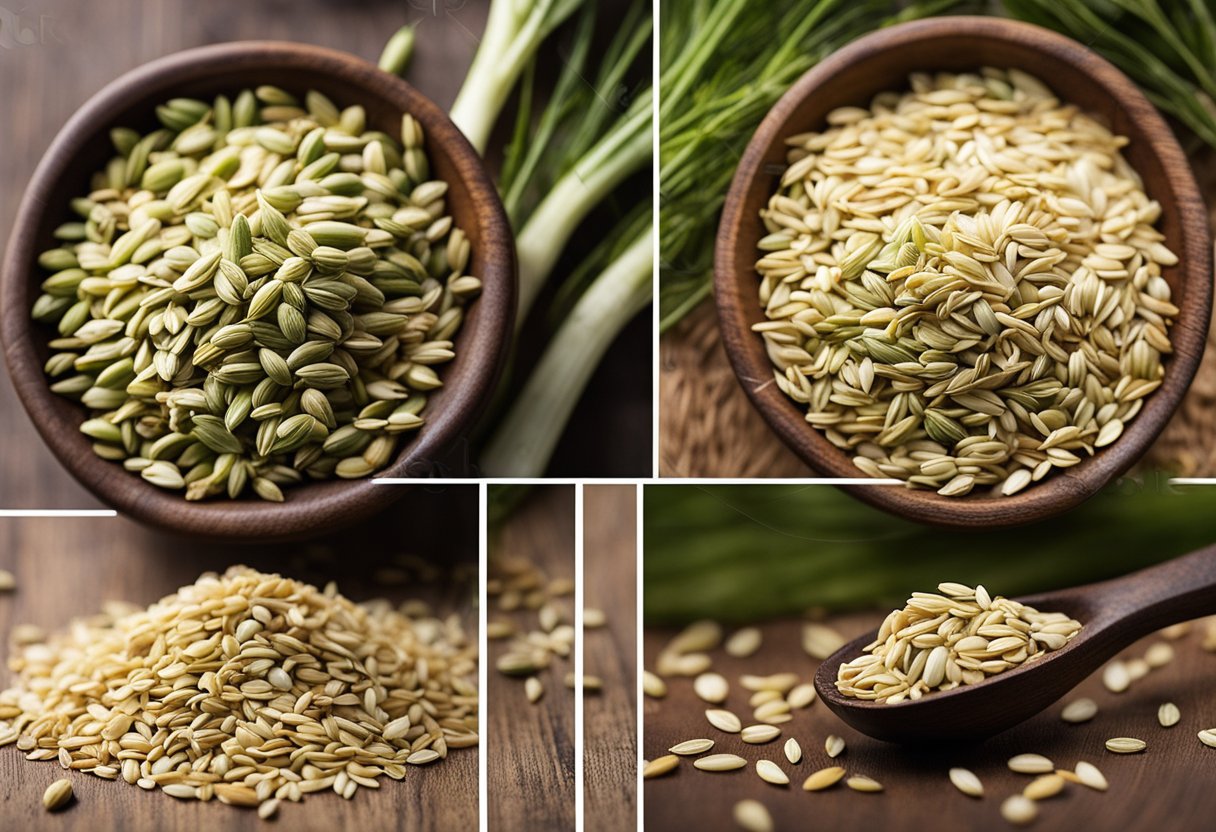
When it comes to storage, both fennel and caraway seeds should be kept in an airtight container in a cool and dry place to maintain their flavor and aroma. They can be stored for up to six months, but it’s recommended to use them within three months for the best taste.
When purchasing fennel or caraway seeds, it’s best to buy them from a reputable grocery store. Look for seeds that are fresh, aromatic, and have a strong flavor. It’s also important to check the expiration date before purchasing to ensure that the seeds have not expired.
If you’re unsure about which type of seed to buy, consider the recipe you’re making. Fennel seeds have a sweeter taste and are often used in desserts, while caraway seeds have a slightly bitter taste and are commonly used in savory dishes.
However, both can be used in a variety of recipes, so it’s ultimately up to personal preference.
Overall, storing and purchasing fennel and caraway seeds is simple and straightforward. By following these tips, you can ensure that your seeds stay fresh and flavorful for all of your cooking needs.
Fennel and Caraway in Non-Culinary Uses

Fennel and caraway seeds are not only used in cooking but also in various non-culinary applications. Here are a few examples:
Toothpaste
Fennel and caraway seeds are often used in toothpaste as natural breath fresheners. The essential oils in these seeds have antimicrobial properties that can help kill the bacteria that cause bad breath.
Fennel and caraway seeds are also known for their ability to soothe gum inflammation and reduce toothache.
Liqueur
Fennel and caraway seeds are key ingredients in many liqueurs, such as absinthe and aquavit. These seeds provide a unique flavor profile that is both sweet and spicy.
Fennel seeds are also used in herbal liqueurs to aid digestion and relieve bloating.
Skincare
Fennel and caraway seeds are used in skincare products for their antioxidant and anti-inflammatory properties. These seeds can help protect the skin from damage caused by free radicals and reduce redness and irritation.
Essential Oils
Fennel and caraway seeds are also used to make essential oils. These oils have a wide range of health benefits, including relieving menstrual cramps, reducing inflammation, and improving digestion.
In conclusion, fennel and caraway seeds have numerous non-culinary uses due to their natural properties and unique flavor profiles.
From toothpaste to skincare products, these seeds offer a variety of benefits that make them a valuable addition to many products.
Related posts:
Frequently Asked Questions

Where can I buy caraway seeds?
Caraway seeds are widely available at most grocery stores and online retailers. You can find them in the spice aisle or section of your local grocery store. They are also available on popular online retailers such as Amazon.
What are the best substitutes for caraway seeds?
If you don’t have caraway seeds on hand, you can use fennel seeds, anise seeds, or cumin seeds as a substitute. However, keep in mind that the flavor profile will be slightly different.
How do fennel and caraway seeds differ in taste?
Fennel seeds have a sweet and licorice-like taste, while caraway seeds have a nutty and earthy flavor. While they may look similar, they have distinct flavor profiles.
What is the difference between caraway, cumin, and fennel seeds?
Caraway seeds are the dried fruit of a biennial plant, while cumin seeds come from a flowering plant. Fennel seeds come from a different flowering plant and have a sweeter taste than caraway seeds.
In terms of flavor profile, caraway seeds have a nutty and earthy flavor, cumin seeds have a warm and slightly bitter taste, and fennel seeds have a sweet and licorice-like taste.
What are some recipes that use caraway or fennel seeds?
Caraway seeds are commonly used in rye bread, sauerkraut, and potato dishes. Fennel seeds are often used in Italian sausage, tomato sauce, and Indian dishes such as garam masala.
Are dill and caraway seeds the same thing?
No, dill and caraway seeds are not the same thing. Dill seeds come from the same plant as dill weed, while caraway seeds come from a different plant. While they may look similar, they have distinct flavor profiles.




